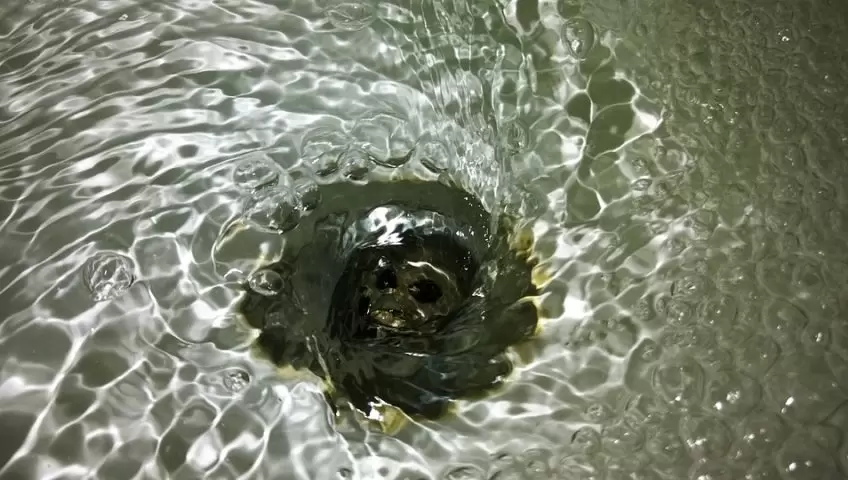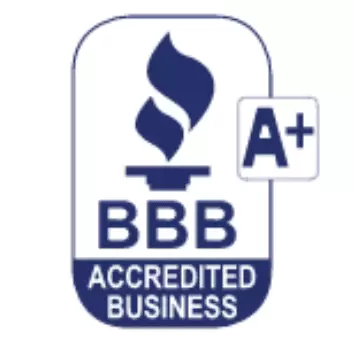
One of the largest utility expenses in your home can be your water consumption. Yet it’s also one of the most essential services for your family. Did you know that if you have leaking faucets or running water that it can substantially add to the costs of your water bill? Here are a few plumbing tips to save water and money.
Check for Plumbing Leaks
You may already know you have leaky faucets or running water in your toilet. It’s important to call in a plumber and have these fixed immediately. Not only do leaks cost you money, but they can substantially worsen over time, causing you more extensive repairs, and they can also cause damage to the structure of your home. You should not only check your pipes but also your faucets, toilets, showerheads, and even your outdoor faucets.
Turn Off the Tap When Not in Use
Most of us are guilty of this at one time or another. We leave the tap running from the moment we enter the bathroom, to just before we leave. You should turn on the tap when you need water, then turn it off when you’re brushing your teeth, shaving, or washing your face. There is a plug in the sink that has a purpose. It’s estimated that families can save up to eight gallons of water per day if they turn off the tap when brushing their teeth.
Replace the Showerheads & Aerators
If your showerhead and aerator are really old, or you can’t remember the last time you replaced them, it’s time to buy new ones. This is one of the simplest ways to reduce water consumption in your home. The older showerheads use about 2.5 gallons of water per minute, while a low-flow showerhead uses 2.0 GPM or less. Simply changing your showerhead can save you up to 3000 gallons per year of water.
Buy a New Toilet
This may be a difficult change, but the toilet is responsible for a major portion of your water bill. A new toilet can be the best way to see an immediate improvement in your utility bills. According to plumbers, the toilets in a home can be the main source of water usage, up to 30 percent. If your toilet has a leaking flapper that is causing running water, it could be costing you extra. There are new federal standards for toilets that say they must use no more than 1.6 gallons per flush, but there are actually new toilets that use even less than half that. Buying a new toilet can save you up to 13,000 gallons of water per year.
Once you start making plumbing improvements, such as fixing leaking faucets in your home, then you’ll soon see the cost savings on your next water bill. Multiply that by 12 times and you’ll see substantial savings over the next year. Not only is that good for the environment, but we’re certain you’ll have a good use for that extra cash!



